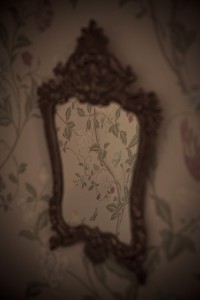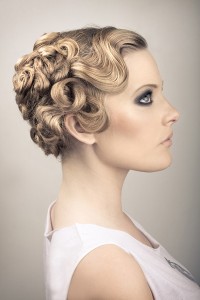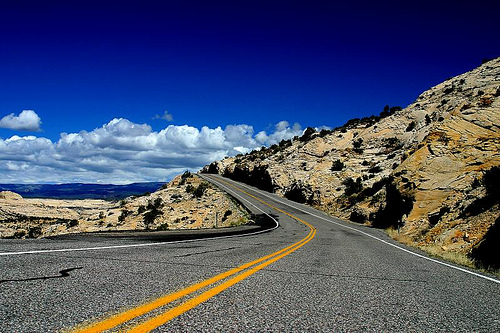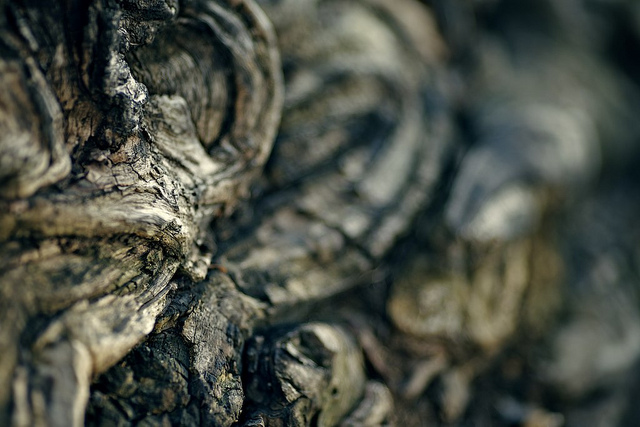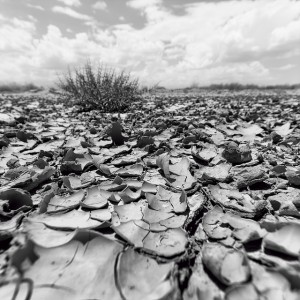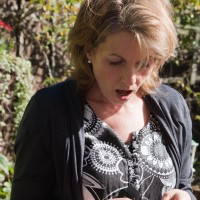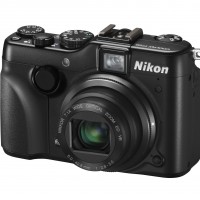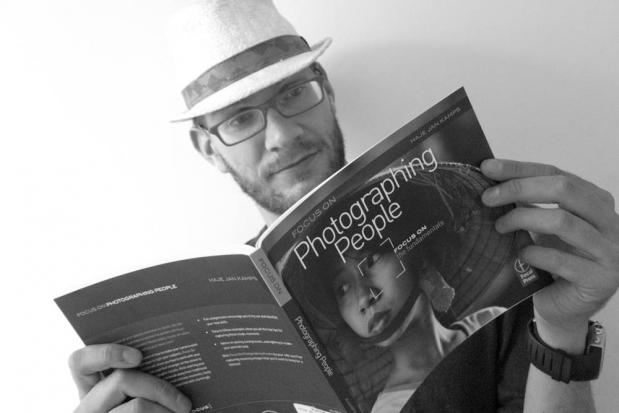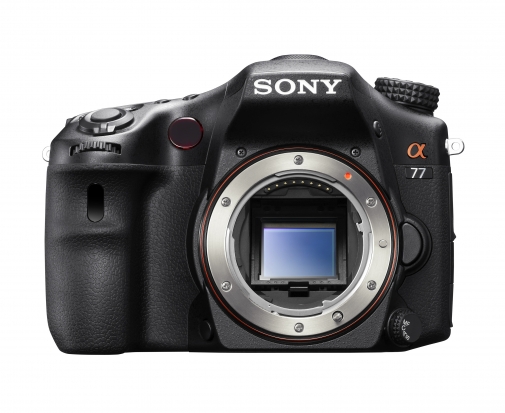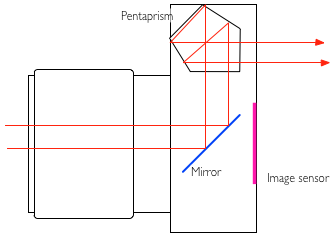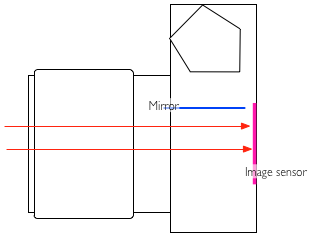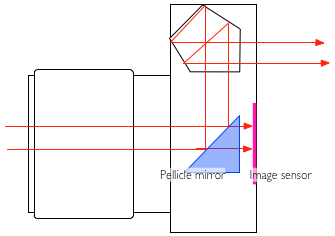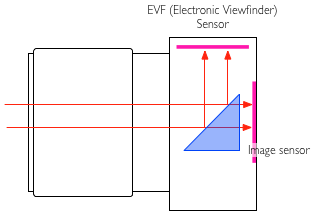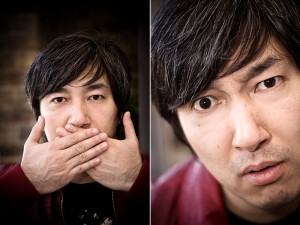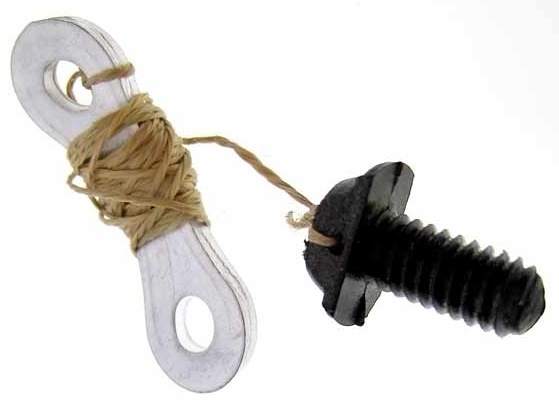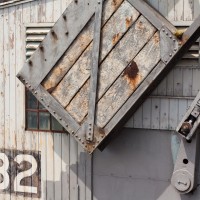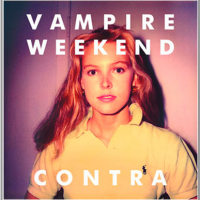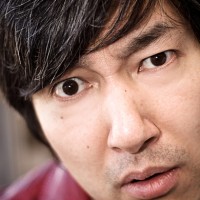
You are approached by a complete stranger with a look of pure incredulity etched across their stupid face – “Um, excuse me, what are you taking a photo of?!!???!”
“Uh, well, I’m taking a photo of this wall”
“Why?!?!?! Why would you want to take a photo of that wall?!!”
“I dunno – I like the textures and the brick work”
“…..are you a terrorist?”
Pointless Conversation With Stranger, Take Two
“Um, excuse me, what are you taking a photo of?!!???!”
“How many times have you been to the toilet today? Are you feeling regular? Need more bran?”
“I beg your pardon?!”
“Oh, well I just figured that seeing as you’re fine with approaching complete strangers and brazenly poking your nose into their day to day life, you wouldn’t mind me throwing a couple of questions back your way”
Pointless Conversation With Man Who Owns High-Vis Jacket
“I’m sorry sir but I’m going to have to ask you to put that camera away”
“Why? I’m allowed to take photographs in a public place”
“Now don’t make me talk into my little radio thing”
“What about those people with compacts? They’re taking photos”
“…..erm….please put the camera away sir”
“I don’t see how that’s diff…”
*man begins to talk into little radio thing*
“sigh”
Pointless Conversation With Man Who Owns High-Vis Jacket, Take Two
“I’m sorry sir but I’m going to have to ask you to put that camera away”
“What seems to be the problem, pseudo-officer?”
“Well that camera looks like a professional one or something, so you probably have some kind of terrorist or illegal money making agenda. You know something? I don’t even know myself! Ain’t that somethin’?! Now put that camera away”
(you remove the large hotshoe flashgun from your camera)
“Huh? Where did he go? Excuse me sir, have you seen a man with one of those professional, up-to-no-good type cameras around here?”
Email Conversation With Potential Business Customer
Dear Gareth,
We here at Corporation Corporations love your photos. We feel they really capture the ethos and corporate direction behind our new advertising campaign – “We Are Stuffy Robot People Who Enjoy Using Made Up Words”. Could we possibly liaiseise and actionate a request to utilise your images for our advertiseination strategemator? We would like unlimited rights to 200 of your images forever and ever and ever and ever.
By way of payment, we clubbed together and have come up with the tantalising offer of half a packet of Chewits only briefly sat on by Kevin (our Chief Exec) and a pirated copy of Dirty Dancing.
Please let us know if you agree to this as soon as possible. Otherwise, we’ll probably just bully some poor new photographer with lots of talent but no idea of what he should be charging into giving us his work for free, throwing out the classic “it’ll be good exposure for you” line, the “exposure” being “hey everyone, this guy gives you his stuff for free!”.
Kind Regards,
Business McMickeytake.
Sound Familiar?
Everywhere I look, it seems that photography, despite its ubiquitous, omnipresent nature, is held in a shockingly low regard in many respects. I’m aware that it’s not as simple as that but there are many instances where the inherent ignorance of photography and its worth really stand out. News items often crop up, detailing incidents where images have been used without the photographer’s consent, sometimes with full knowledge of the copyright breach, sometimes without. Either way, it shows a disregard for the value of photography and the photographer. I’m not saying it never happens, but how often do you hear of copyright theft of works of art using other media? Nowhere near as often. There are, of course, other factors in place here, such as the ease of distribution of photography compared to (some) other art forms: maybe the digital age of photography and the Internet has increased the immediate availability, accessibility and sheer volume of photographs so dramatically that people feel that nicking off with this one image from thousands upon thousands won’t really matter.
The ease of sharing, creating, editing and distributing images that digital has brought is, then, something of a double-edged sword. However, at the heart of it all, I feel that general ignorance and a low opinion of photography is at the heart of the problem.
Widely Held View #1: Expensive Camera = Great Photographs
People think photography is easy: you can see it in the stock responses and reactions to a variety of situations. Again, I appreciate there are shades of grey to this, and not everyone is interested in photography – that’s fine, of course – but let’s look at weddings. I’ve experienced the situation where people think that they don’t need to get a wedding photographer in, because they have a friend with a DSLR. They are of the opinion that it is the camera itself that is allowing for such fantastic images to be captured, not the skill of the photographer. Now, I don’t do weddings, but I am sometimes asked as a favour to take photographs at a wedding. I’m perfectly happy to do this, I may even enjoy it, but I always tell them to hire an actual, proper wedding photographer. I don’t do wedding photography, so it would be a silly idea to book someone who didn’t have the experience (which brings me to my second point).
Widely Held View #2: If You Are A Photographer, You Are An Expert At Photographing Everything
There is this fallacy that if you’re proficient and able in one area of photography, then you can do ‘em all. This is again indicative of the general view held of photography – the idea that it’s not very diverse, that it’s easy to master. Although this seems like a more innocent presumption than some of the others, it fuels the ignorance and reinforces the idea that anyone can do this. Yes, anyone can take a photograph, but not everyone can take a good photograph.
Widely Held View #3: If You’re Photographing in a Public Place and Not Using a Compact, You’re a Terrorist or Weirdy Man / Woman
This also goes for choice of subject. You’ll get enough rolling eyes and presumptions that you’re a tourist just from photographing a landmark (plus possible infuriating hassle from Captain High-Vis), but start photographing a park bench or a grid or the texture on a wall and you’re regarded as a mental man or someone documenting possible ways to burrow into Buckingham Palace to explode the Queen’s Corgis. Oh and god have mercy on your soul should you decide to crouch to take a photograph. What sort of rabid, dribbling nutbox crouches to take a photo?
Widely Held View #4: A Photographer’s Time, Effort, Ability and Product are Not Worth Paying For
Despite the mild irritation of the other widely held views and the poor public attitude they highlight, this is the one that is a real problem. Regardless of the area of photography you work in (I mean, they’re all the same anyway, right?), I imagine you will have encountered this problem on a number of occasions, and probably still do encounter it. Personally, I have one or two stand out moments. I remember someone phoning to enquire about getting some actor headshots done. When given a price, they were astonished, hostile even, and stated that they had been quoted £50 elsewhere. So that’s about 2% of the cost of the equipment used, before my actual time and ability are taken into account. I just replied with “ok” and waited for the phone call to end.
I constantly hear about my peers, contacts and friends involved in photography being offered next to nothing (if anything at all) for use of their images in some advertising campaign or for use in promoting an event of some kind. When refused, the potential customer tends to get genuinely annoyed by this, like they’re turning down a stonking deal. They then proceed to use some poor sucker’s work for free, because they bought the “it’ll give you good exposure” line.
Too Long Didn’t Read
If you take anything away from this slightly manic rant (maybe I shouldn’t drink so much coffee in the mornings) please take away this. I’m pretty sure I’ve said it on Small Aperture before but, to be honest, I don’t think it can be said enough. I’m thinking of tattooing it onto my forehead, or having it pumped out of giant speakers across the entire planet, or beamed into people’s brains via satellite (NASA still haven’t got back to me on that one, I must chase them up).
The message is simple – do not sell your work for peanuts. Do not let it go for free. The less you value your work, the less photography is valued. If you work cheap, it affects all of us.
If we all stood up and requested a decent price for our images and refused to work for free, the value of what we do would increase. Furthermore, people might actually start paying attention to the quality of the images on offer if they had to part with a noticeable amount of cash.
If they don’t want to pay you for your time, you don’t do it. There are areas of photography and assignments that I love doing that I’ve had to turn down, because I won’t do it for free. Sadly, this leads to someone else stepping in and doing a lacklustre job for free. In that instance, I don’t blame the customer, I blame the photographer: you are driving the market down.
What Do You Think?
Admittedly I went off on one a bit there. My ultimate purpose for this article was to get some opinions together – what do you think is the major cause of this dim view of photography many seem to hold in today’s climate? Is it the saturation of the market? Is it the availability of professional equipment? Is the Internet to blame? Am I being overly sensitive? Am I flat out wrong and should hang my head in shame like a silly monkey man? Let’s get the chatter going – we want to hear what you think.






